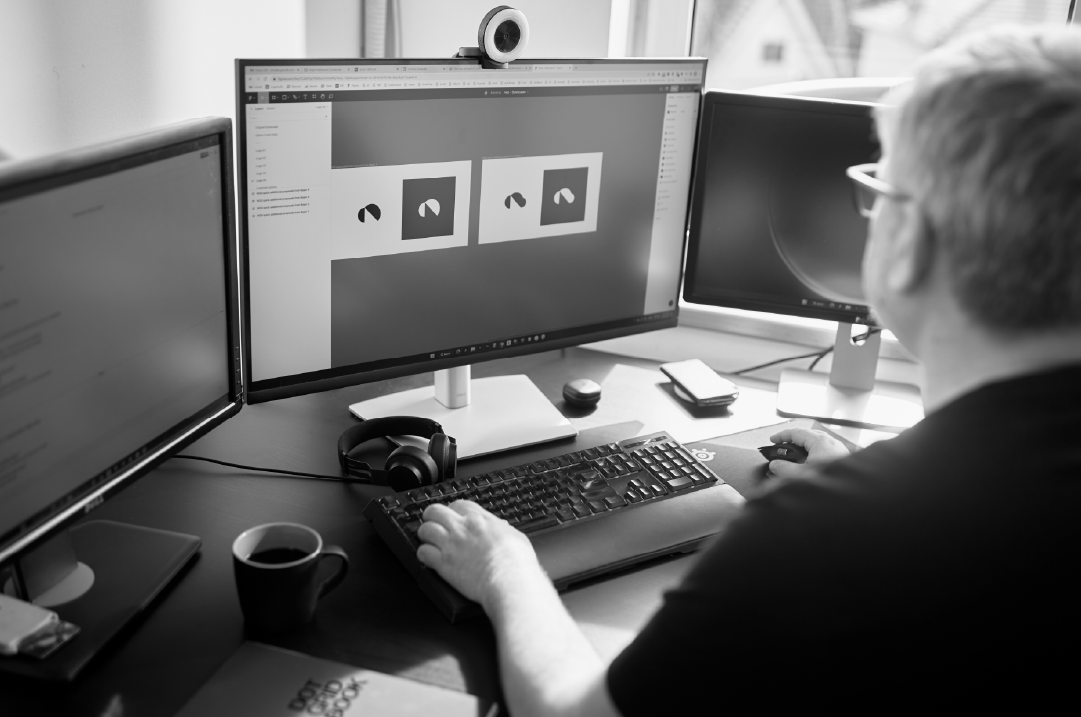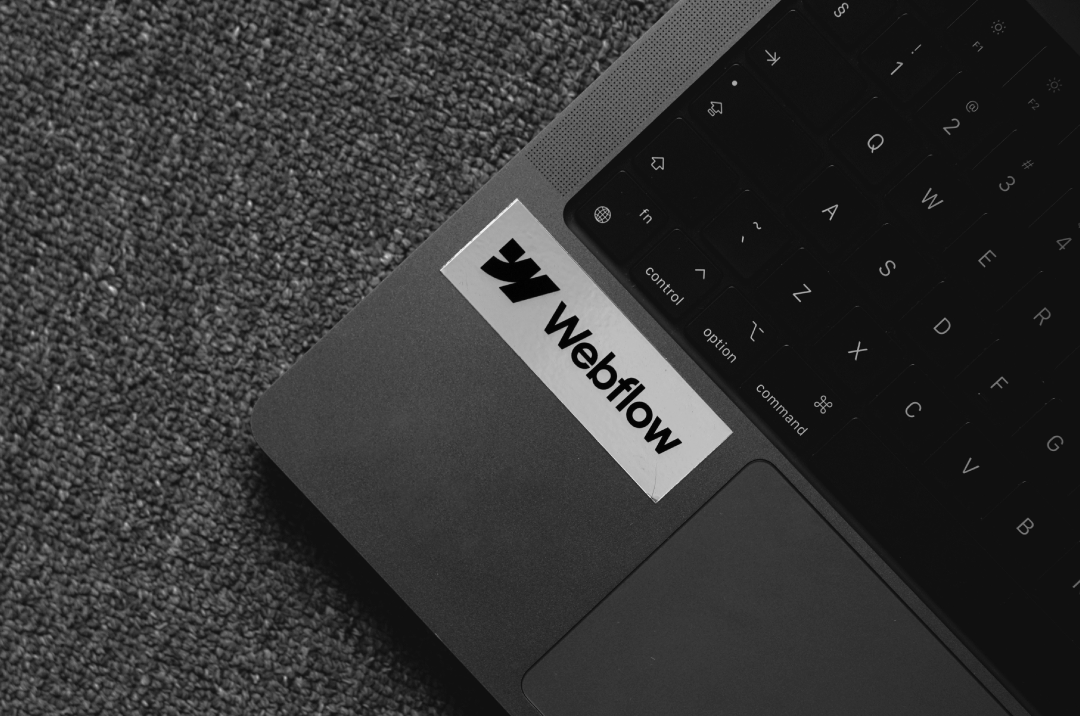AI is transforming the design process by enabling faster iteration, enhanced creativity, and improved user feedback, ultimately leading to more innovative and user-centered products.
AI integration in product development streamlines workflows, enhances efficiency, and accelerates the design process, allowing teams to innovate faster and bring products to market with greater agility.
AI in product design can significantly enhance creativity and efficiency, but it still relies heavily on human expertise to ensure that the final products resonate with users and meet their needs effectively.
The rise of AI in product design is reshaping the landscape, prompting product designers to adapt and integrate advanced technologies while ensuring that human creativity and intuition remain irreplaceable assets in the development process.
The integration of AI in product design opens up a plethora of innovative use cases, ranging from enhancing user experience through predictive analytics to streamlining the prototyping process with generative design algorithms.
AI in product design serves as a powerful catalyst for innovation, enabling designers to explore new ideas and generate creative solutions that were previously unimaginable.
Incorporating AI into product design can serve as a powerful starting point, providing designers with innovative insights and accelerating the ideation process through data-driven visualizations and consumer sentiment analysis.
In product design, adopting best practices such as understanding the AI tools' capabilities and limitations, ensuring data privacy, and fostering collaboration between designers and AI can significantly enhance the effectiveness of the design process.
AI in product design excels at automating specific tasks, allowing designers to focus on the more creative aspects of their work while improving efficiency and accuracy in the overall design process.

The combination of artificial intelligence and human abilities creates exciting possibilities for product design teams. But we need to think about potential downsides too.
AI in product design is often called the biggest revolution since industrialization. Regulatory frameworks like the EU AI Act are already emerging to address the safety and ethical implications of this transformation. Industrialization was incredibly powerful for advancing humanity, but it brought unintended consequences that only showed up after they were already happening. Factory workers lost limbs to machinery. Cities choked on smog. Rivers turned toxic.
The "big red button" became our failsafe—a way to stop advancement from going into dangerous territory when things went wrong.
So what's our equivalent? How can your B2B team safely use AI in product design without breaking what makes these tools valuable in the first place?
Artificial Intelligence Needs More Than On/Off Switches
Learning from industrial safety means we need ways to control intelligent systems when needed. But when clients want AI-driven products where artificial intelligence is the core functionality, you can't just turn it off. You could break the entire experience.
Imagine using a translation app that suddenly stops translating mid-conversation. Or a product design tool that shuts down its intelligent suggestions just when you need them most. Users expect these systems to be always working, always available.
So how do we create meaningful control when the technology needs to stay on?
The solution isn't at the technology level. It's at the user journey level. Product design teams need to stress test assumptions and evaluate against real data. Organizations like NIST are developing comprehensive AI standards to help teams implement these safety measures systematically. Design sprints can be particularly effective for rapidly testing and validating AI-driven product concepts. You need to build control into the experience itself.
The Bottleneck Philosophy

Effective human-AI collaboration in product design creates strategic bottlenecks. Think of them as purposeful speed bumps that keep users in control without grinding everything to a halt.
When we balance qualitative and quantitative aspects in product design, we create efficient journeys that empower users. Bottlenecks work as checkpoints where users assess and approve intelligent actions before they become permanent.
This isn't about slowing down the experience. It's about building confidence and maintaining human agency in automated product design workflows.
Real-World Examples
ChatGPT creates bottlenecks by asking users to review and confirm responses. The intelligent system generates content, but users decide whether to use it, modify it, or ask for something different. The human stays in the driver's seat.
Rox uses bottlenecks by surfacing insights for seller review and analysis. Instead of automatically sending emails or making changes, it puts launch points for intelligent features like email generation directly in sellers' hands. They see the recommendation, evaluate it, then choose to act.
These examples demonstrate how thoughtful UX design principles can be applied to AI-powered features. Each example shows AI in product design doing the heavy lifting while humans make the final calls in successful human-AI collaboration.
Types of Strategic Bottlenecks

Confirmation bottlenecks require users to confirm or modify decisions before they're finalized. This builds confidence in intelligent actions while maintaining user control. Think of it as "measure twice, cut once" for automated recommendations in product design.
Intervention bottlenecks activate when systems aggregate and flag information. They require user intervention before any automatic changes happen. The intelligence spots patterns and potential issues, but humans decide what to do about them.
Transparency bottlenecks give users breakdowns and access to understand how systems reached their analysis and recommendations. Users can see the reasoning, check the sources, and evaluate the logic before moving forward in their product design workflow.
Managing Friction and Automation Bias

A big risk with intelligent systems integration is users becoming over-reliant on automation. Recent research on automation bias shows this tendency can lead to unchecked errors when people stop questioning AI recommendations.
Requiring user involvement encourages thoughtful human-AI decision-making and prevents unchecked mistakes. We see this principle in every successful app. Confirmation messages and info screens may add friction, but they serve a purpose in product design.
The key is making checkpoints intuitive and lightweight. A well-designed bottleneck feels natural, not burdensome. Users should understand why they're being asked to pause and what value the checkpoint provides.
You can evolve and adapt failsafes to fit your product design and demographic. A B2B tool for financial advisors might need stricter controls than a consumer creative writing app. Understanding user adoption patterns can help you determine the right level of friction for your specific user base.
Conclusion: The Future and Failsafes
Right now, human-AI collaboration works because artificial intelligence struggles with empathy and creativity. It can generate ideas and process data, but it can't fully understand human emotions or cultural nuances.
But intelligent systems advance fast. What happens when they get better at the things we think of as uniquely human tasks?
Even then, we'll still need human control. Our methods for maintaining that control will need to become more sophisticated. Research shows that effective human-AI partnerships require careful balance between automation benefits and human oversight. The bottlenecks of tomorrow might look different from today's confirmation dialogs and review screens.
When done right, failsafes don't limit potential. They empower users to get more value from AI in product design by building trust and maintaining control.
The future belongs to human-AI teaming strategies that can harness intelligent automation while keeping humans firmly in charge of the important decisions. Choosing the right development partner who understands both AI capabilities and human-centered design is crucial for building these sophisticated systems. That balance will separate the products that succeed from those that fail.
Ready to build AI-powered B2B products that users can trust? Reach out BRIGHTSCOUT to explore how strategic product design can help your team safely integrate artificial intelligence into your user experience.







